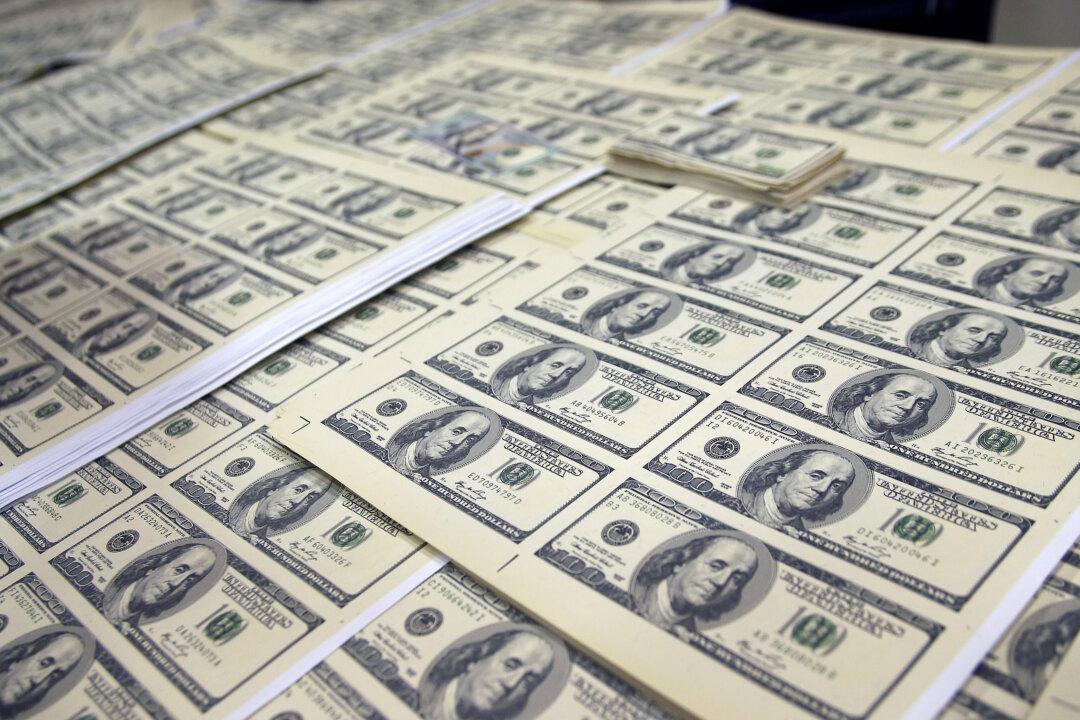Counterfeiters printing cash in a variety of denominations have been found and arrested across 11 different states over the past six months. reported Fox Business.
States with reported incidents have included New York, Iowa, Illinois and Michigan.


Counterfeiters printing cash in a variety of denominations have been found and arrested across 11 different states over the past six months. reported Fox Business.
States with reported incidents have included New York, Iowa, Illinois and Michigan.